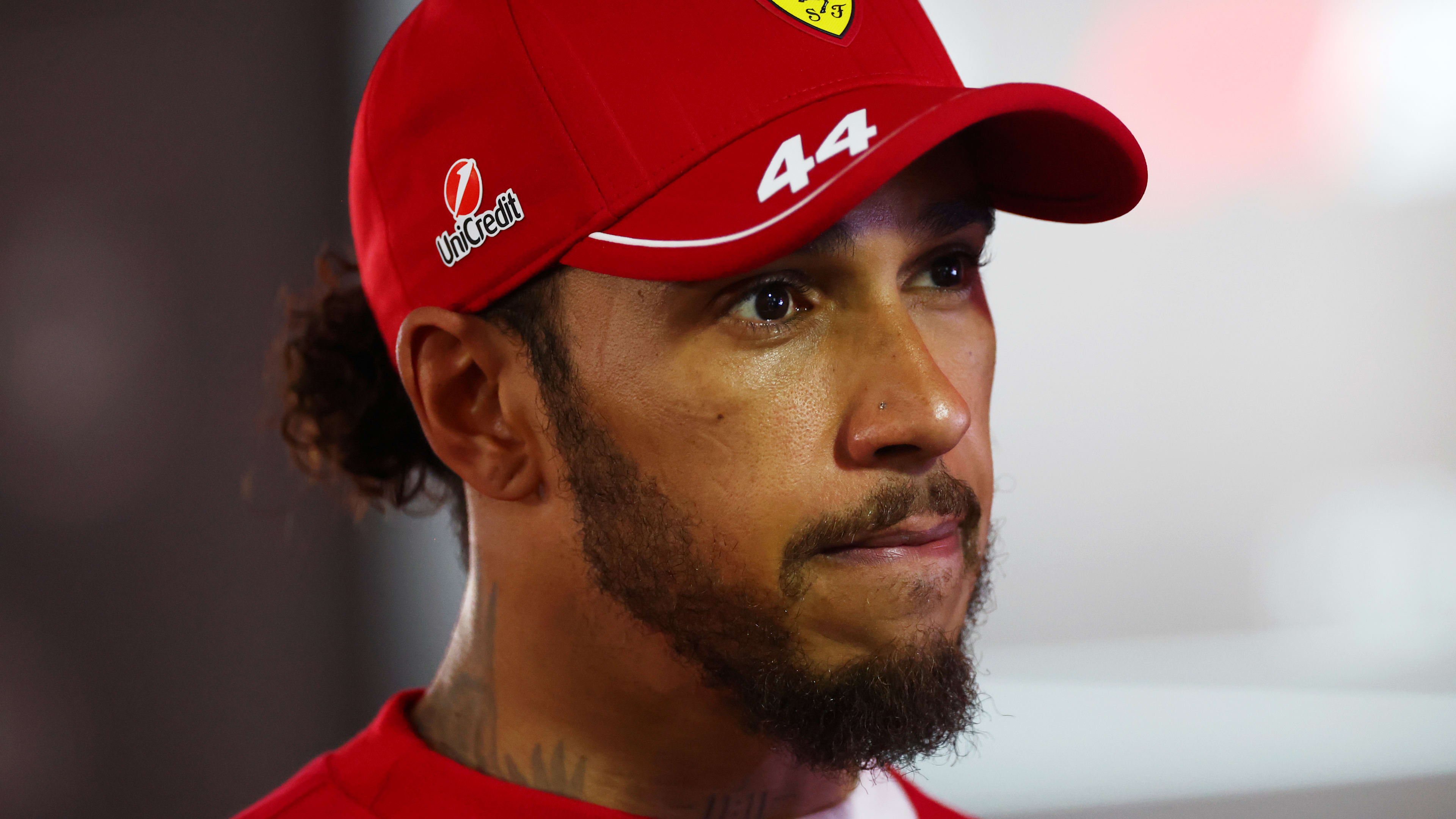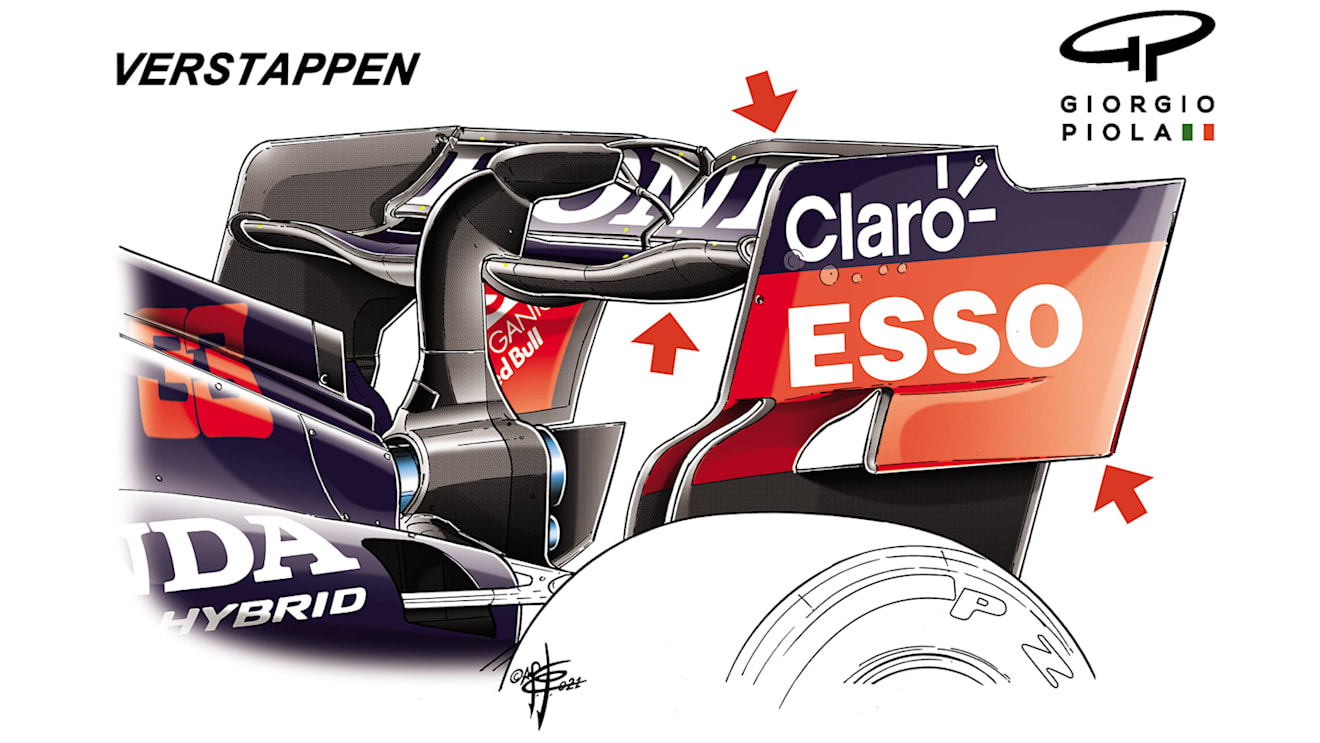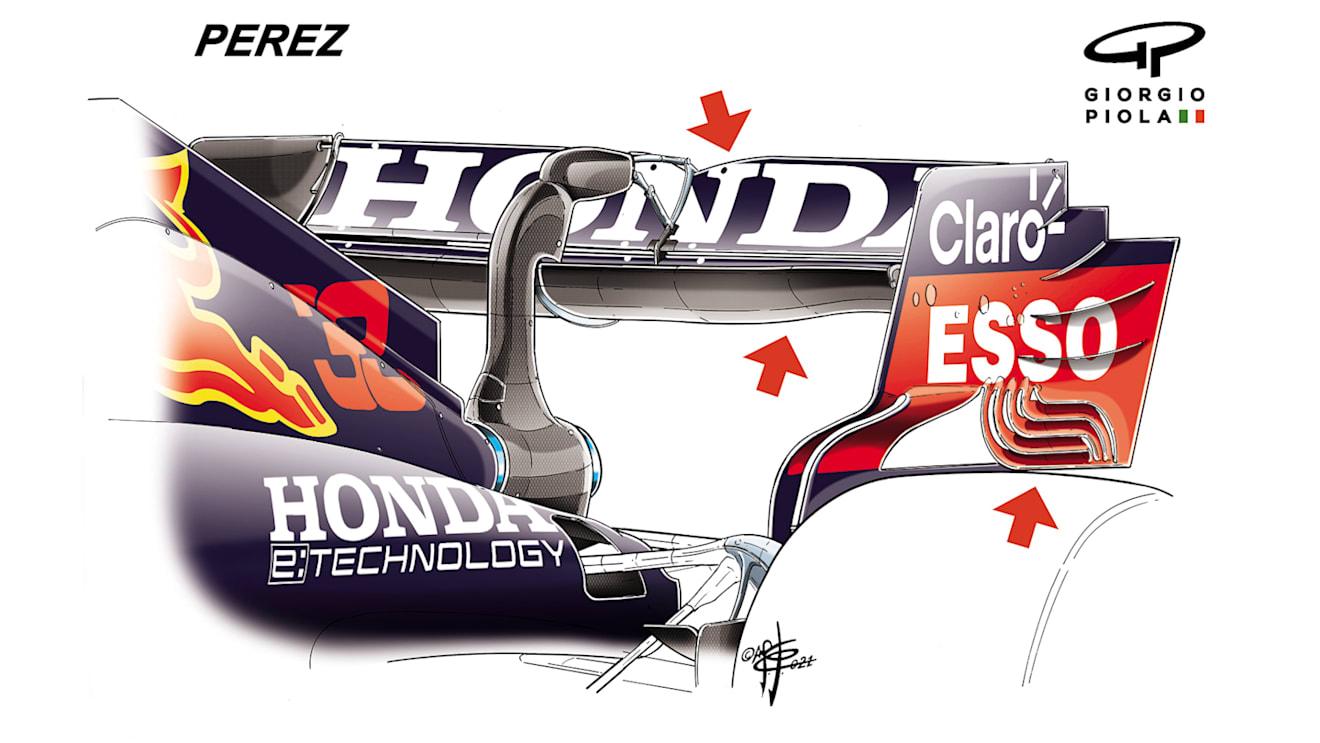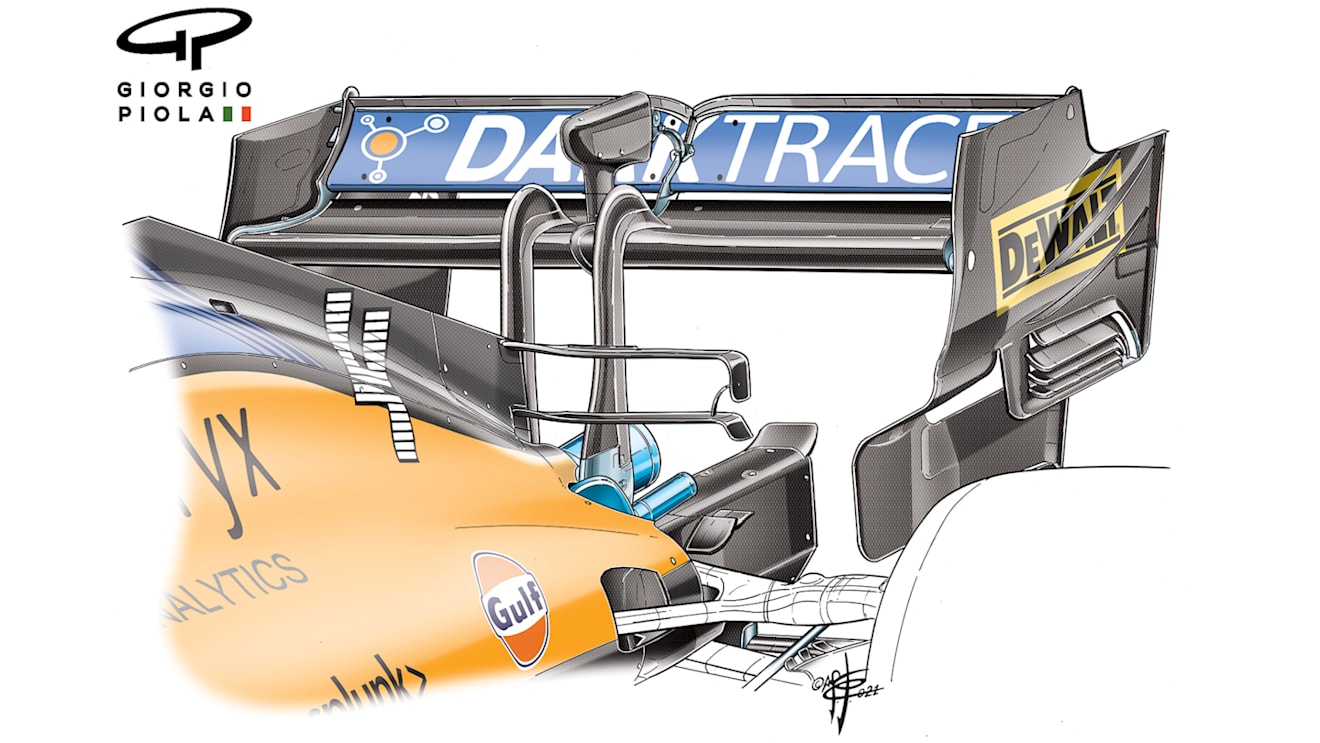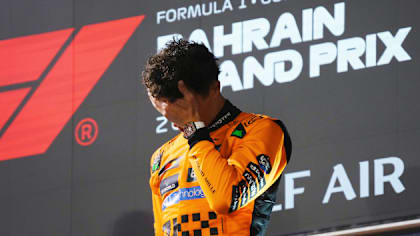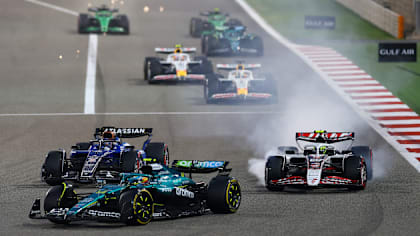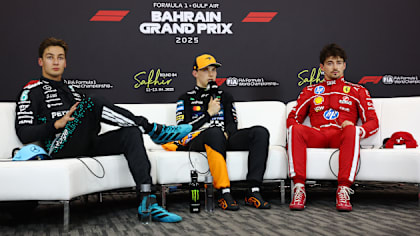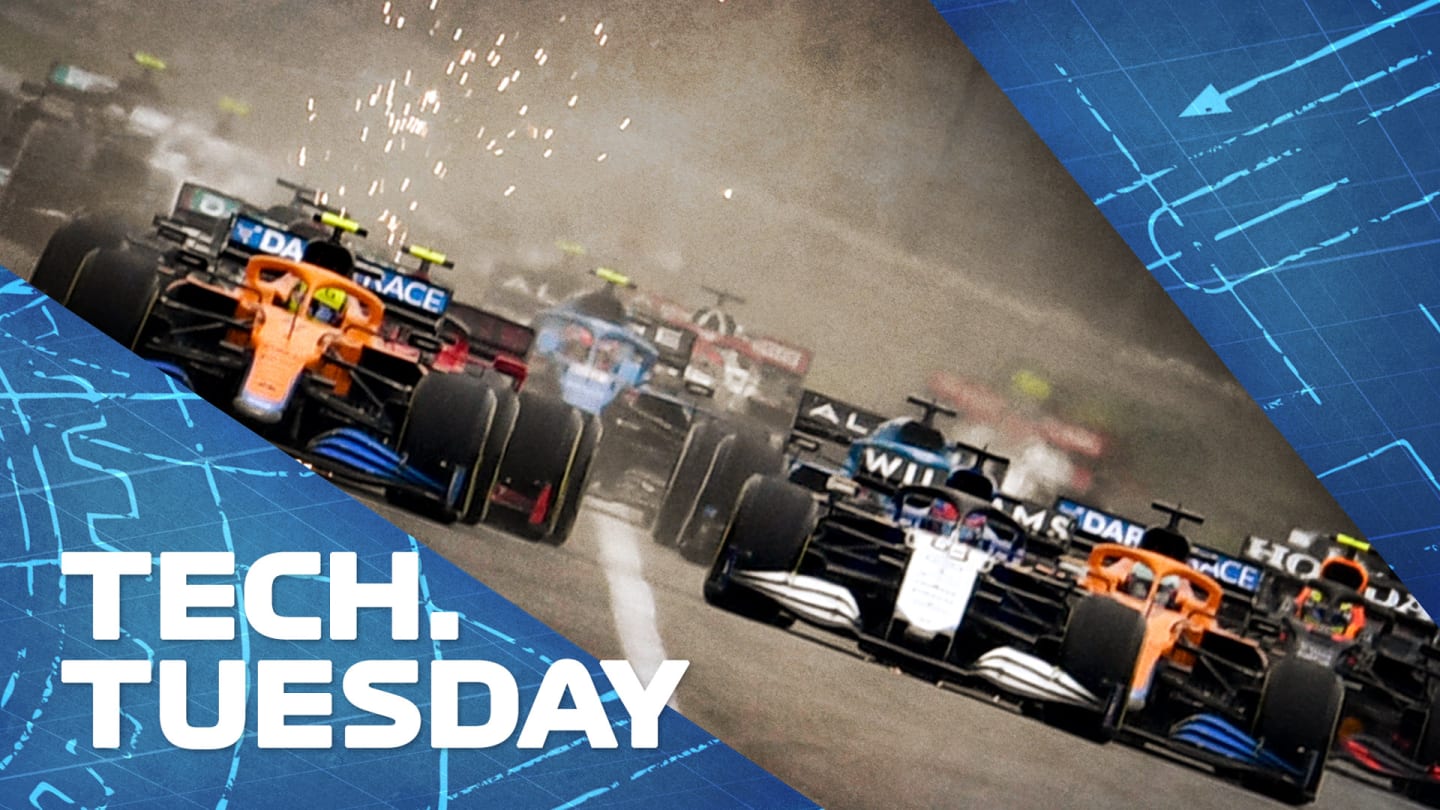
Technical
TECH TUESDAY: The wildly different ways teams tackled Sochi's set-up conundrum

Share

formula 1 technical expert Mark Hughes examines how teams tackled the challenge of Sochi in remarkably different ways, with technical illustrations from Giorgio Piola...
Different circumstances, priorities, car traits and weather conditions between qualifying and the race saw a wild variety of downforce settings between teams in Sochi, and in some cases even within teams.
READ MORE: 6 Winners and 5 Losers from the Russian GP – Who were the stars and strugglers at Sochi?
The Sochi track is quite sensitive to downforce levels in terms of lap time, with its many slow-speed 90-degree corners. But there is a complication in running high wing levels because of the super-long flat-out stretch between the final turn and Turn 2, where a high-winged car would tend to be vulnerable to being overtaken. In this, Sochi presents quite a similar conundrum to Baku, although not quite as extreme.
There is no ‘correct’ wing level. It all depends upon the circumstances of the team and driver and the traits of their cars.
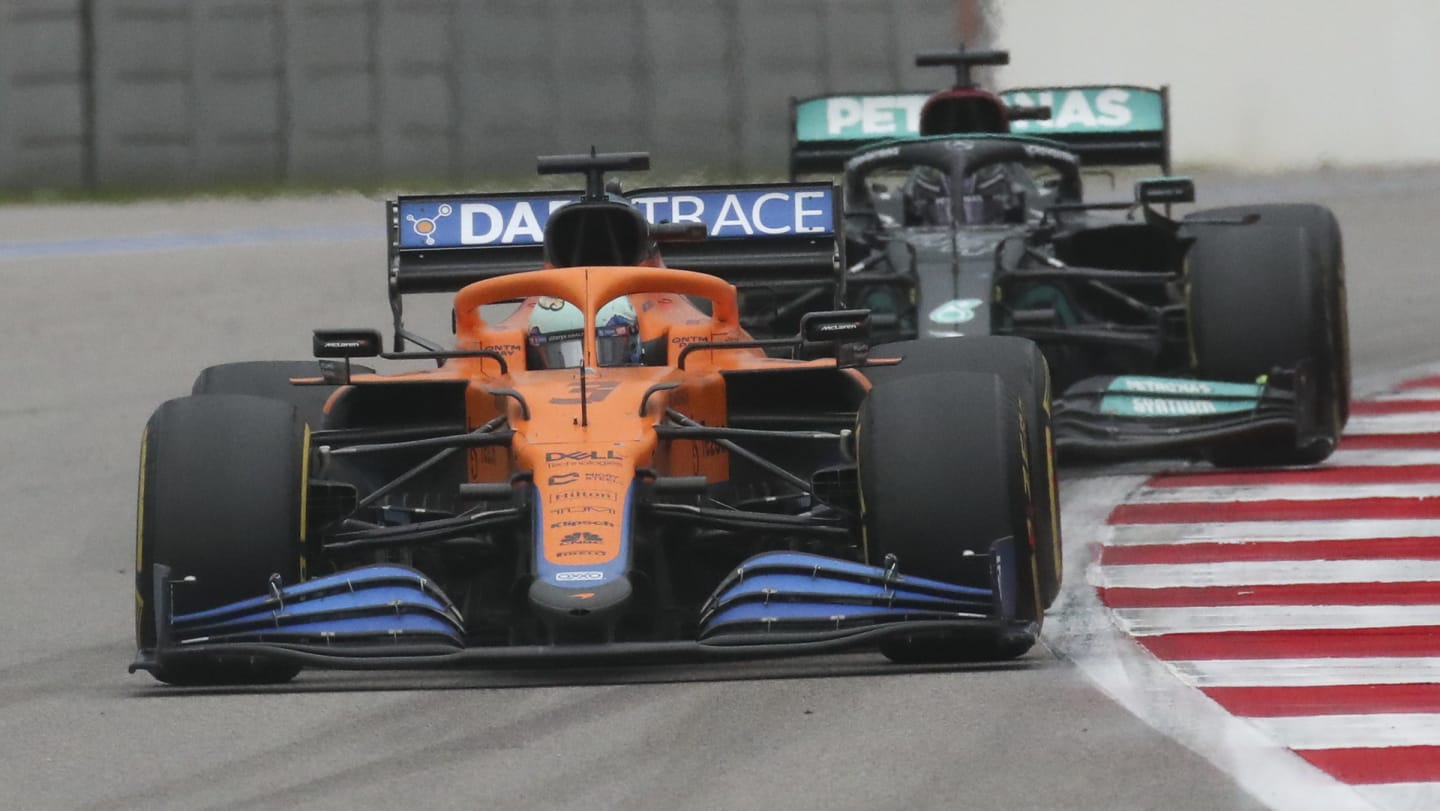
Sochi suited a number of different wing levels, given its mix of 90-degree corners and long straights
At Mercedes, knowing coming into the weekend that the Red Bull of their main rival Max Verstappen would be taking grid penalties, there was less concern about being overtaken than would normally be the case. With Verstappen out of the immediate equation (initially because of his three-place penalty for Monza) it was a fair assumption coming into the weekend that the Mercs would be able to lock-out the front row (even though that ended up not being the case because of the complications brought by the inters-slicks changeover in Q3).
READ MORE: Norris beats Sainz and Russell to claim sensational maiden pole for Russian Grand Prix
In that front row scenario, whatever cars ended up qualifying on the second row could reasonably be expected to be slower than the Mercedes by a greater extent than normal and therefore less likely to be able to get within DRS range in the race.
Mercedes could instead prioritise raw performance. As such, they did a back-to-back comparison throughout Friday. Both drivers ran the conventional high downforce wing configuration, but Valtteri Bottas’ car ran a bigger flap, with an extended upper area. Lewis Hamilton ran without the flap extension. Bottas’ set-up was found to be superior and so from Saturday onwards Hamilton also ran with this wing (below).
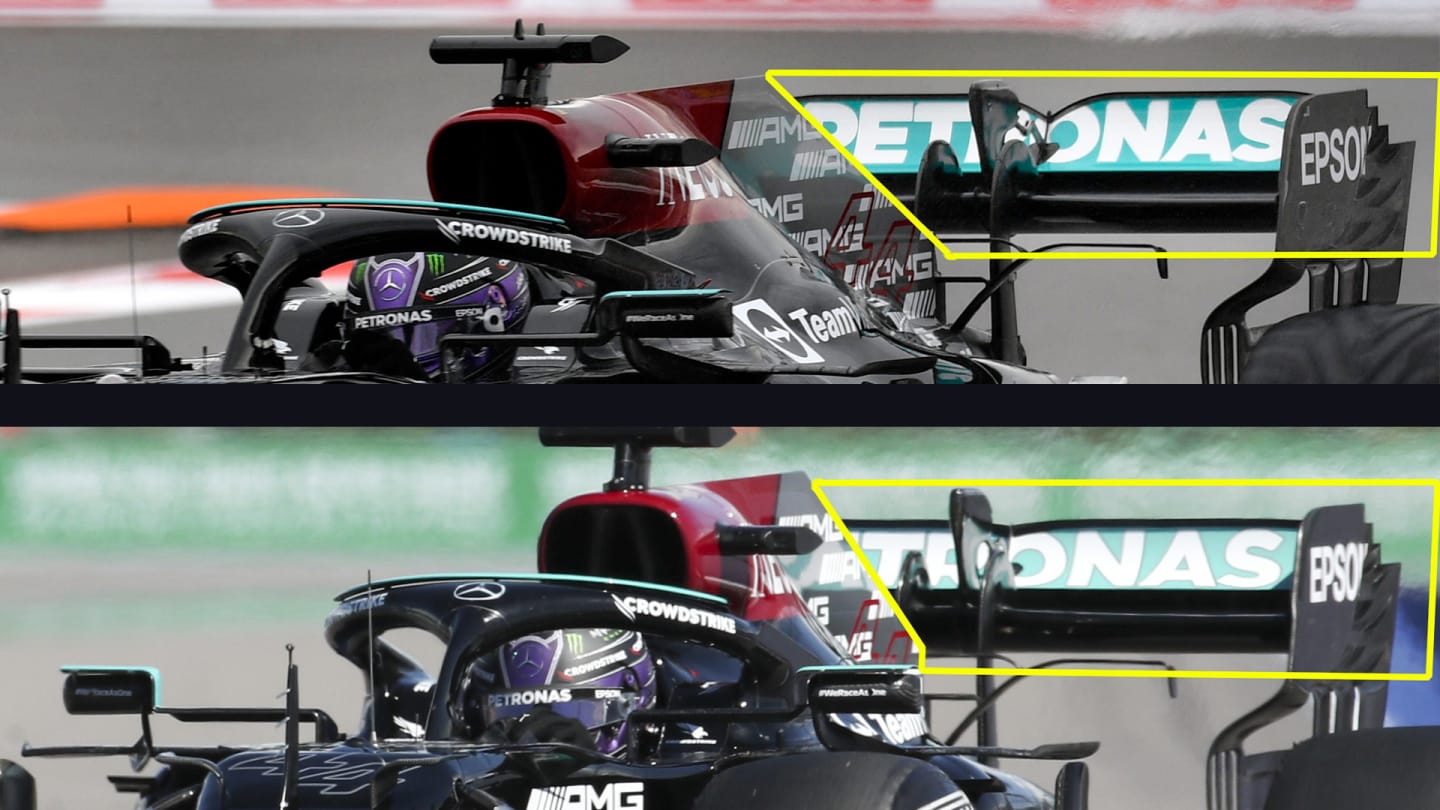
The bottom image shows the extended area of upper flap on the rear wing of Hamilton on Friday; the top image shows the wing he ran on Sunday – which is the wing Bottas trialled on Friday
Red Bull ran Sergio Perez with a conventional high-downforce wing. This would give the best lap time around Sochi of all Red Bull’s wing choices. But for Verstappen, the priorities were different. After deciding to take a new power unit and starting from the back of the grid as a consequence, the straight-line performance of the car assumed much greater importance.
Using the Perez wing on Friday, Verstappen found himself lapping behind the much slower Williams of Nicholas Latifi and complained that he could find no way by it, even with DRS.
PALMER: Should McLaren have overruled Norris to ensure victory in Sochi?
From Saturday onwards, Verstappen’s car ran with the low-downforce Baku/Spa style wing with the heavily enhanced spoon section of main plane. With the drag-inducing outboard ends cut away, this gave a much lower downforce-producing area than the Perez wing. It also featured a much simpler endplate arrangement, without the multiple strakes which enhance the airflow from the diffuser but at the expense of drag.
But in order to help out in the slow corners, Verstappen’s wing flap was fitted with a gurney section on its trailing edge. These simple devices increase the pressure on the wing’s upper surface and reduce it on the underside for only a small cost in drag.
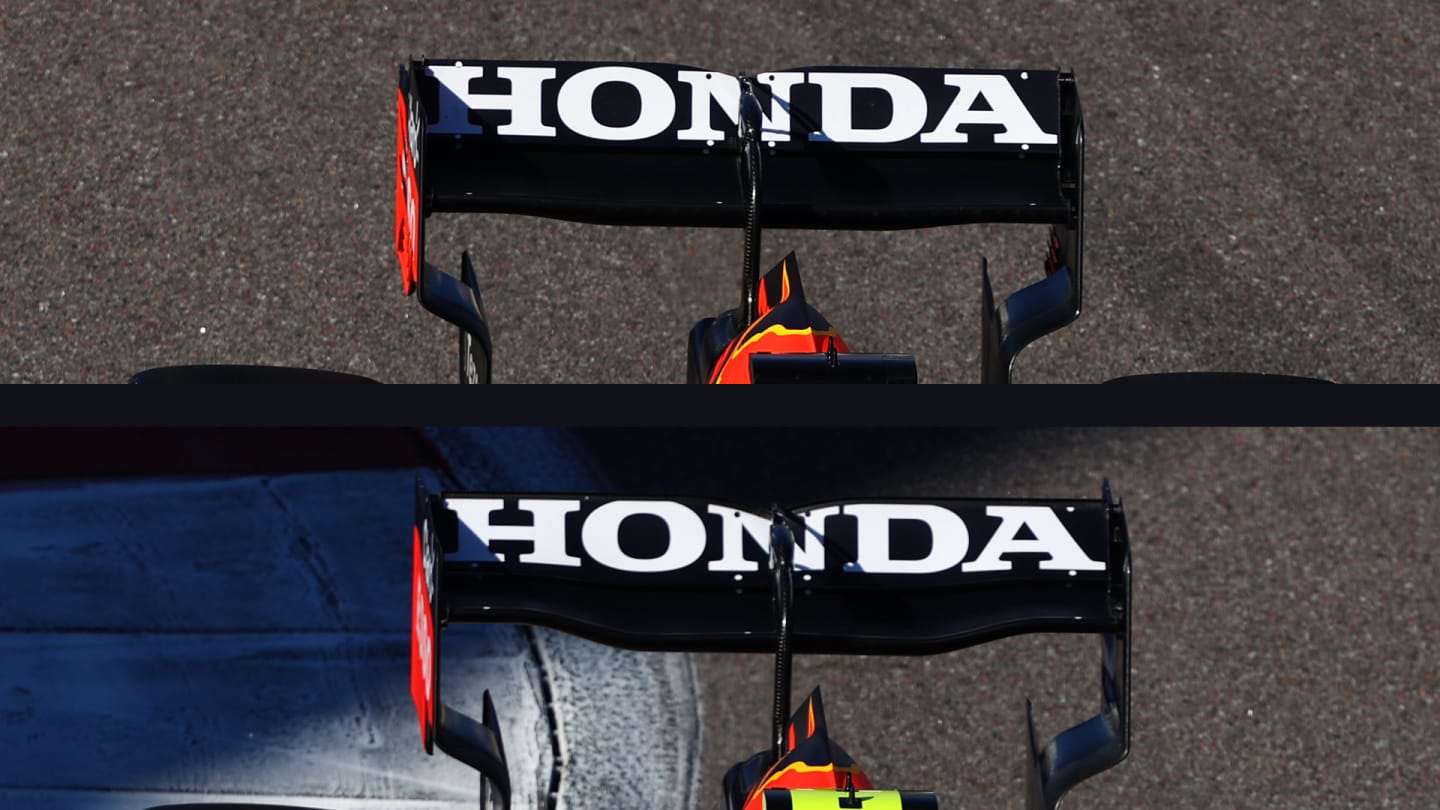
Different Friday practice wings used by Perez (bottom) and Verstappen (top) in Russia
Because of his grid penalties, Verstappen did only an out-lap in wet qualifying as no more was needed. This made the downside of lower downforce being an even greater penalty in the wet irrelevant, as race day was forecasted as dry.
One downside of running the lower downforce wing – which did turn out to be significant for Verstappen – is that in balancing the car out to match the low downforce rear wing with a lower front wing flap angle, it affords the vulnerable left-front tyre less protection, as the front will be sliding more.
Verstappen had used the best of his hard compound starting tyre quite early into what had been a necessarily busy race as he came through from the back.
His hard-compound tyre was finished even as Hamilton’s medium compound left-front was still in good shape. Similarly, in the next stint Verstappen’s left-front medium tyre grained very early, and he was overtaken by the Alpine of Fernando Alonso.
1 / 2
The McLarens of both Lando Norris and Daniel Ricciardo ran with very high downforce wings, with a bigger flap area even than the Mercedes. In addition, Ricciardo ran his flap at a slightly higher angle than Norris.
The randomising effect of the weather in both qualifying and late in the race turned out to be the critical factor in deciding the outcome of a thrilling race. But the crucial decisions in what the drivers had to work with in those tricky conditions were made before qualifying even got under way.
1 / 2
YOU MIGHT ALSO LIKE
News Norris rues ‘messy race’ after P3 finish in Bahrain as he vows to ‘step it up’ at Saudi Arabian GP
Feature What the teams said – Race day in Bahrain
News Hamilton apologises to Ferrari ‘for not doing the job’ in Bahrain but vows to ‘do the talking on the track’
News FIA post-Qualifying press conference – Bahrain
